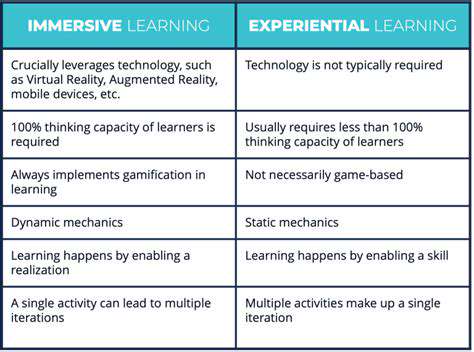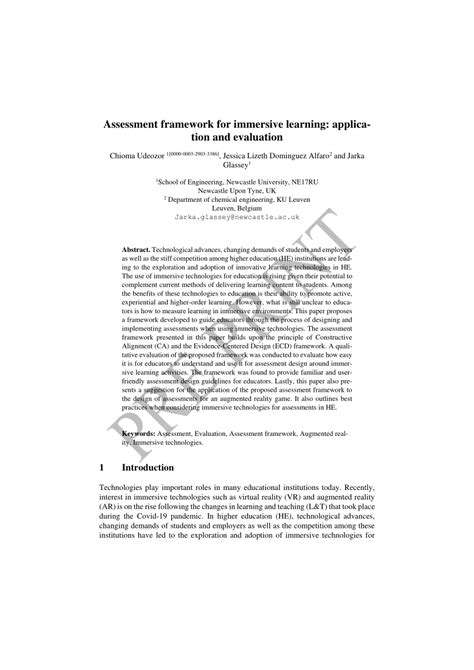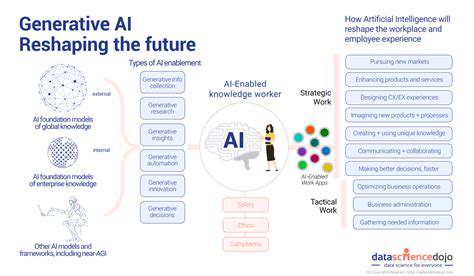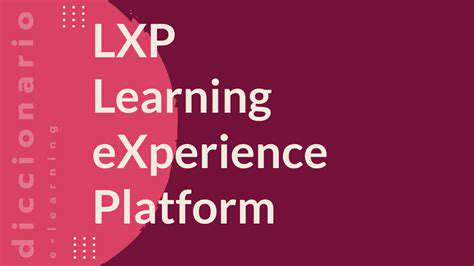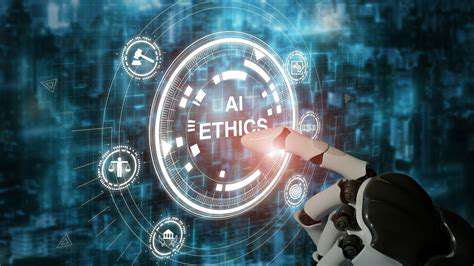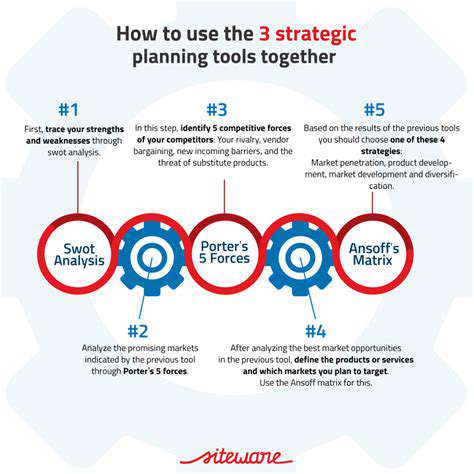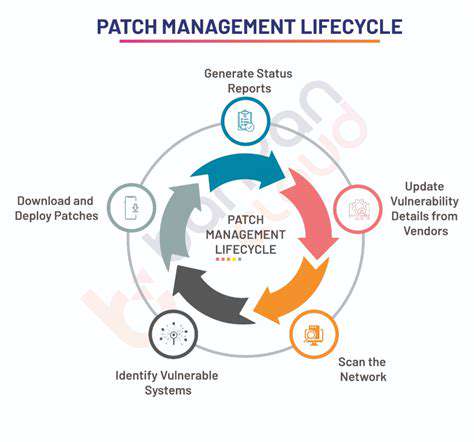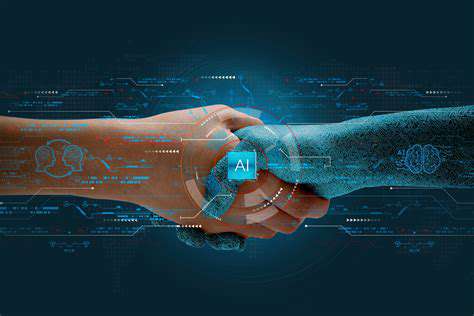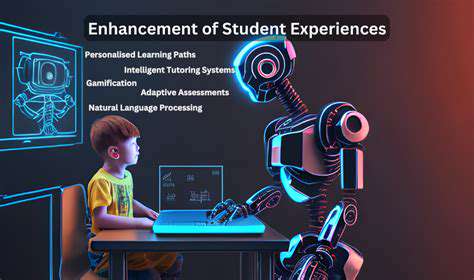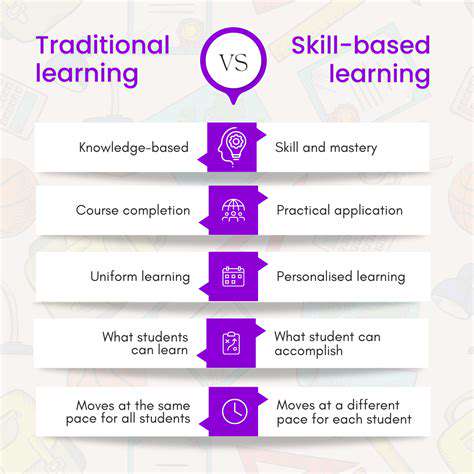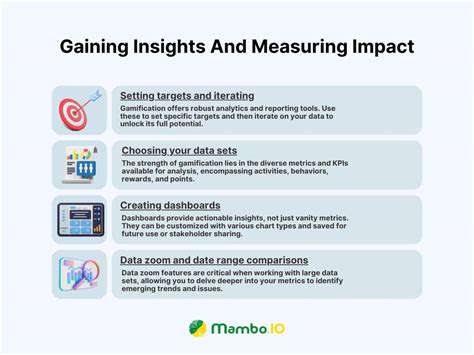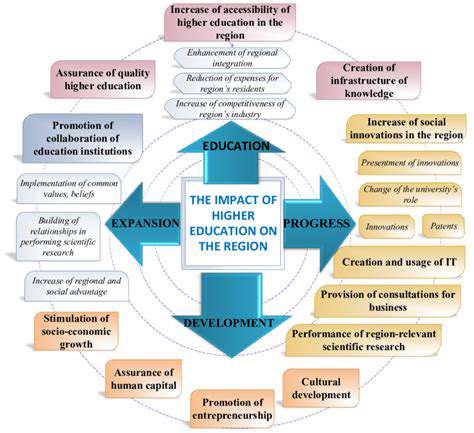Designing for Equity: Inclusive EdTech Solutions
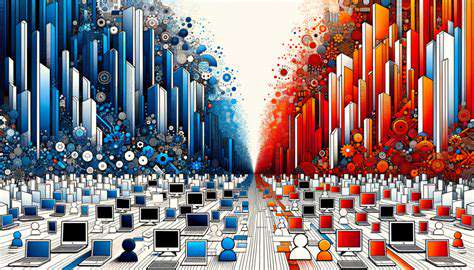
Bridging the Gap in Access to Technology
The digital divide, a persistent gap in access to technology and connectivity, remains one of the most pressing global challenges of our time. This imbalance doesn't just create minor inconveniences - it builds walls between those who can participate in the digital age and those left struggling on the sidelines. The ramifications touch nearly every aspect of modern life, from how we learn to how we earn a living and care for our health.
The Impact on Education and Learning
When students lack reliable computers and internet access, they're effectively locked out of modern education. While some classmates explore interactive learning platforms and digital libraries, others fall further behind with each passing day. This isn't just about grades - it's about entire futures being shaped by circumstances beyond students' control. The pandemic made this painfully clear as schools shifted online, revealing how many households simply couldn't make the digital transition.
Economic Disparity and Job Opportunities
In today's economy, digital skills aren't optional - they're the price of admission. Communities without robust internet access aren't just missing out on Netflix and social media; they're being excluded from the job market itself. From submitting applications to developing marketable skills, nearly every step of career advancement now happens online. This creates a vicious cycle where lack of access leads to fewer opportunities, which in turn makes upgrading infrastructure seem less urgent.
Healthcare and Access to Information
Telemedicine has transformed healthcare, but only for those who can access it. For rural residents and low-income families, the doctor might as well still be miles away when they can't connect for virtual visits. Beyond appointments, reliable internet means access to medical research, prescription services, and preventative care information that could literally mean the difference between life and death.
Addressing the Digital Literacy Gap
Handing someone a laptop without training is like giving a car to someone who's never driven. True digital inclusion requires teaching people not just how to use technology, but how to leverage it to improve their lives. This means moving beyond basic computer skills to include critical thinking about online information, understanding digital security, and knowing how to use tools for education and employment.
Community-Based Initiatives and Partnerships
Real solutions emerge when neighborhoods, businesses, and governments work together. Local libraries transforming into tech hubs, corporations donating refurbished devices, and nonprofits offering free digital literacy classes - these collaborative efforts create the scaffolding for true digital equity. The most successful programs don't just provide access but build ongoing support systems that adapt as technology evolves.
Policy Changes and Infrastructure Development
While grassroots efforts make a difference, lasting change requires policy muscle. Treating broadband as essential infrastructure - like roads and electricity - is the first step toward universal access. Smart policies combine infrastructure investment with subsidies for low-income households, support for digital literacy programs, and incentives for providers to serve underserved areas. This multi-pronged approach can turn the digital divide from a growing chasm into a closed gap.
Addressing Diverse Learning Styles and Needs: Personalized Learning Pathways
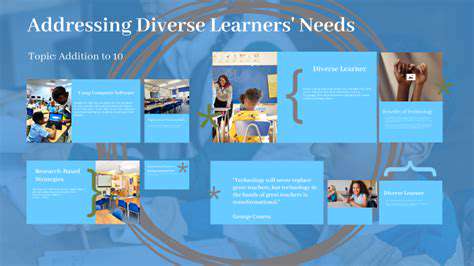
Understanding the Spectrum of Learning Styles
Learning isn't one-size-fits-all. Just as we all have unique fingerprints, we each process information differently. The best educators understand that teaching methods must be as varied as the learners themselves. Some students light up when they see a diagram, others when they hear an explanation, and still others when they can physically engage with the material.
Visual Learners
For these students, seeing is understanding. A well-designed infographic can communicate what paragraphs of text cannot. They thrive when information is presented through mind maps, color-coded systems, or even well-organized slides. When working with visual learners, the adage a picture is worth a thousand words becomes literal truth.
Auditory Learners
These students learn best through the spoken word. What might seem like distraction - humming, tapping, or verbalizing thoughts - is often their brain processing information. Discussion-based learning, recorded lectures, and even educational podcasts can be game-changers for auditory learners who might struggle with traditional textbook approaches.
Kinesthetic Learners
For these hands-on learners, sitting still is the real challenge. They don't just want to learn about photosynthesis - they need to plant the seed, measure its growth, and chart the results. Science labs, interactive simulations, and project-based learning speak their language. When given opportunities to learn by doing, these often-overlooked students frequently become the most engaged.
Reading/Writing Learners
Traditional education systems often favor these learners, but they still need thoughtful support. These are the students who underline key passages, fill margins with notes, and process ideas by writing about them. While they may excel at traditional assignments, they still benefit from creative writing prompts, research projects, and opportunities to engage deeply with texts.
The Importance of Differentiated Instruction
The magic happens when educators stop asking how smart is this student? and start asking how is this student smart? By offering multiple pathways to understanding - perhaps teaching fractions through visuals, word problems, and measuring ingredients - teachers can reach students who might otherwise disengage. This approach doesn't mean lowering standards; it means raising the chances that every student will meet them.
Promoting Cultural Responsiveness and Inclusivity in EdTech Design
Understanding Cultural Differences in Learning
Education technology must account for the fact that learning doesn't happen in a cultural vacuum. Some students come from traditions that value collective problem-solving, while others emphasize individual achievement. The most effective EdTech tools don't just translate content - they transform how it's presented to resonate across cultural contexts. This might mean offering collaborative features for some learners and independent study options for others, all within the same platform.
Designing Accessible and Inclusive Digital Content
True accessibility goes beyond checkboxes on a compliance form. It's about designing with the full range of human diversity in mind from day one. This means captions aren't an afterthought for deaf students but an integral part of the viewing experience. Font options aren't just about aesthetics but about enabling dyslexic students to read comfortably. When done right, these features improve the experience for all users.
Promoting Equity Through Personalized Learning Paths
Personalization in EdTech holds incredible promise - and potential pitfalls. The danger lies in algorithms inadvertently reinforcing biases by steering students toward stereotypical paths. A well-designed system recognizes when a student struggles with math because of knowledge gaps, not because of their gender or background. The most equitable platforms combine adaptive technology with human oversight to ensure recommendations open doors rather than close them.
Incorporating Diverse Perspectives and Representation in Learning Materials
Students should see themselves reflected in their learning materials - not as tokens, but as full participants in human knowledge and achievement. When a physics problem features engineers from multiple backgrounds, or a history lesson highlights perspectives beyond the usual narratives, it sends a powerful message: this field belongs to everyone. Representation at this level validates students' potential to contribute regardless of their background.
Encouraging Cultural Exchange and Collaboration Through EdTech
The digital classroom has no walls, and neither should students' perspectives. When a student in Mumbai can collaborate on a project with peers in Mexico City, everyone gains more than academic knowledge. They develop the cultural fluency that will define success in an interconnected world. Well-designed EdTech platforms can turn these connections into meaningful exchanges that enrich all participants.
Read more about Designing for Equity: Inclusive EdTech Solutions
Hot Recommendations
- The Gamified Parent Teacher Conference: Engaging Stakeholders
- Gamification in Education: Making Learning Irresistibly Fun
- The Future of School Libraries: AI for Personalized Recommendations
- EdTech and the Future of Creative Industries
- Empowering Student Choice: The Core of Personalized Learning
- Building Community in a Hybrid Learning Setting
- VR for Special Education: Tailored Immersive Experiences
- Measuring the True Value of EdTech: Beyond Adoption Rates
- Addressing Digital Divide in AI Educational Access
- Preparing the Workforce for AI Integration in Their Careers
